The sad plight of 1920s bohemians in eyeglasses: A case study featuring Edith Head and Foujita.
It wasn’t until the 20th Century that certain celebrated people began appearing for whom eyewear was at the center of their personal style. I’m not counting Teddy Roosevelt and his pince nez because the real 20th Century didn’t start until WWI ended. Pince nez and monocles were banished same time as Hapsburgs, Hohenzollerns and Romanovs and all that remained by the 1920s were democracies and round eyeglass frames.
You could get them in celluloid, at the risk of your life (link). You could get them in metals, some precious, with a Windsor bridge or nose pads. You could get them plain or stamped with gorgeous floriate or art deco scrollwork.
But they all projected a sort of owl-like stare that either made one look bookish or just eccentric. There was little room for nuance.
Because of the lack of options two of my favorite celebrities from this period – who were really pretty different – had surprisingly similar looks.
The first was Edith Head, who won 8 Oscars for costume design and whose career bridged the era of Clara Bow with the era of Steve Martin:
The second was the dean of Parisian artists during the interwar period. He was not only more famous than Picasso at this time but his canvasses fetched a better price. His name was Foujita: he’d come over from Japan in 1913 and took the Paris art world by such storm he was awarded the Légion d’honneur just 12 years later. Sadly now, another 90 years later, he’s pretty much forgotten:
I don’t think Edith Head was consciously trying to look like Foujita, it’s just that defining style as unique using eyewear was hard when it all looked pretty much alike. The first “pantoscopic” frames didn’t proliferate until the early 1930s. For the first time ever, hinges were placed on the upper part of a frame, which allowed lenses to tilt down and toward the wearer’s face. This allowed a variety of more interesting and generally flattering shapes to be designed, like cat-eyes, Wayfarers, and most things cool and modernist.
Strangely though the owl-eyed style has reemerged as a force in fashion in recent years. What goes around comes around…
And finally, pondering Foujita’s vanished fame has made me reflective. I’ll honor him with a little Robert Herrick, who I don’t think wore eyewear at all:
To the Virgins, to make much of Time
GATHER ye rosebuds while ye may,
Old Time is still a-flying:
And this same flower that smiles to-day
To-morrow will be dying.
The glorious lamp of heaven, the sun,
The higher he ‘s a-getting,
The sooner will his race be run,
And nearer he ‘s to setting.
That age is best which is the first,
When youth and blood are warmer;
But being spent, the worse, and worst
Times still succeed the former.
Then be not coy, but use your time,
And while ye may, go marry:
For having lost but once your prime,
You may for ever tarry.
.
.
.
See you next week. Please SUBSCRIBE.

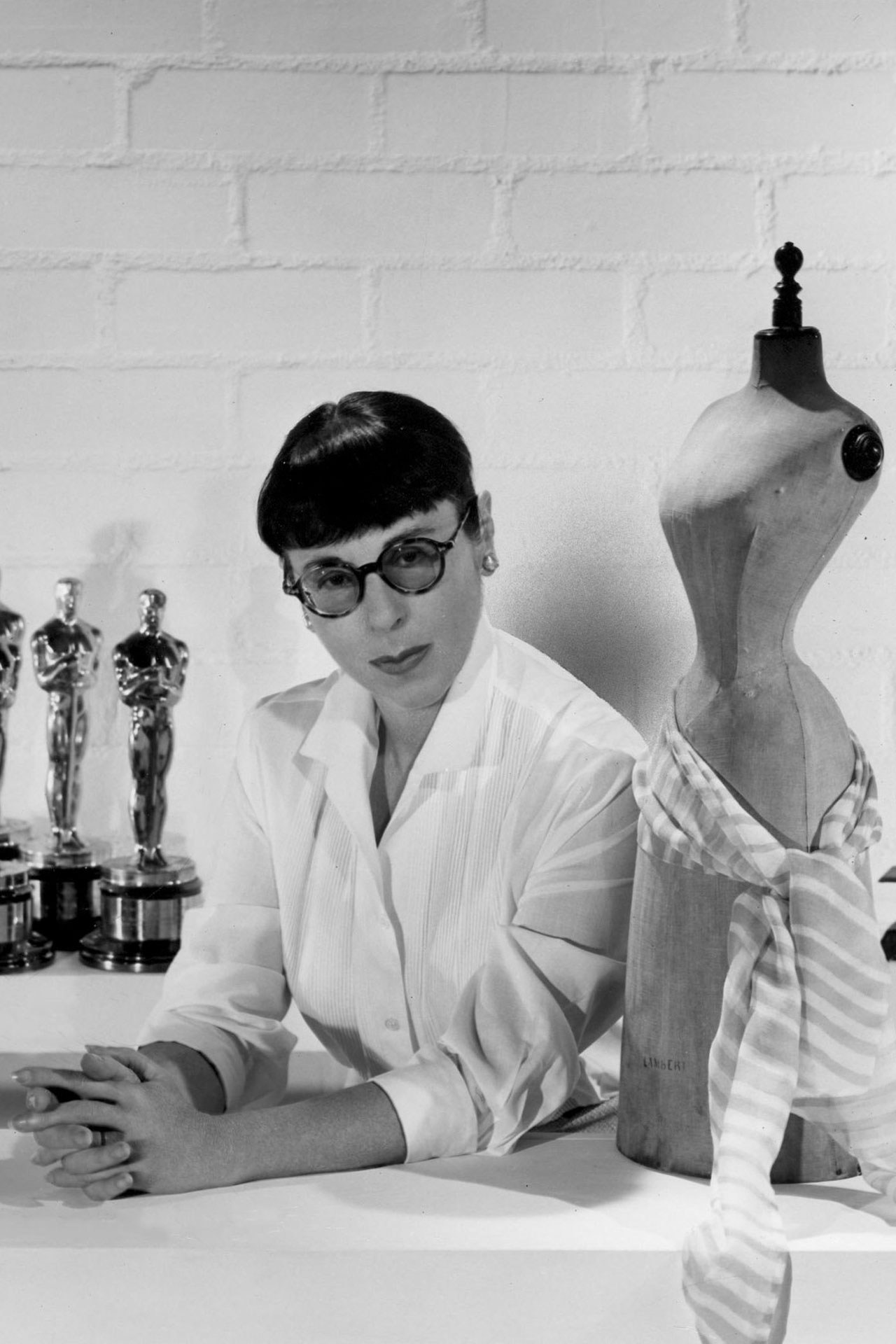
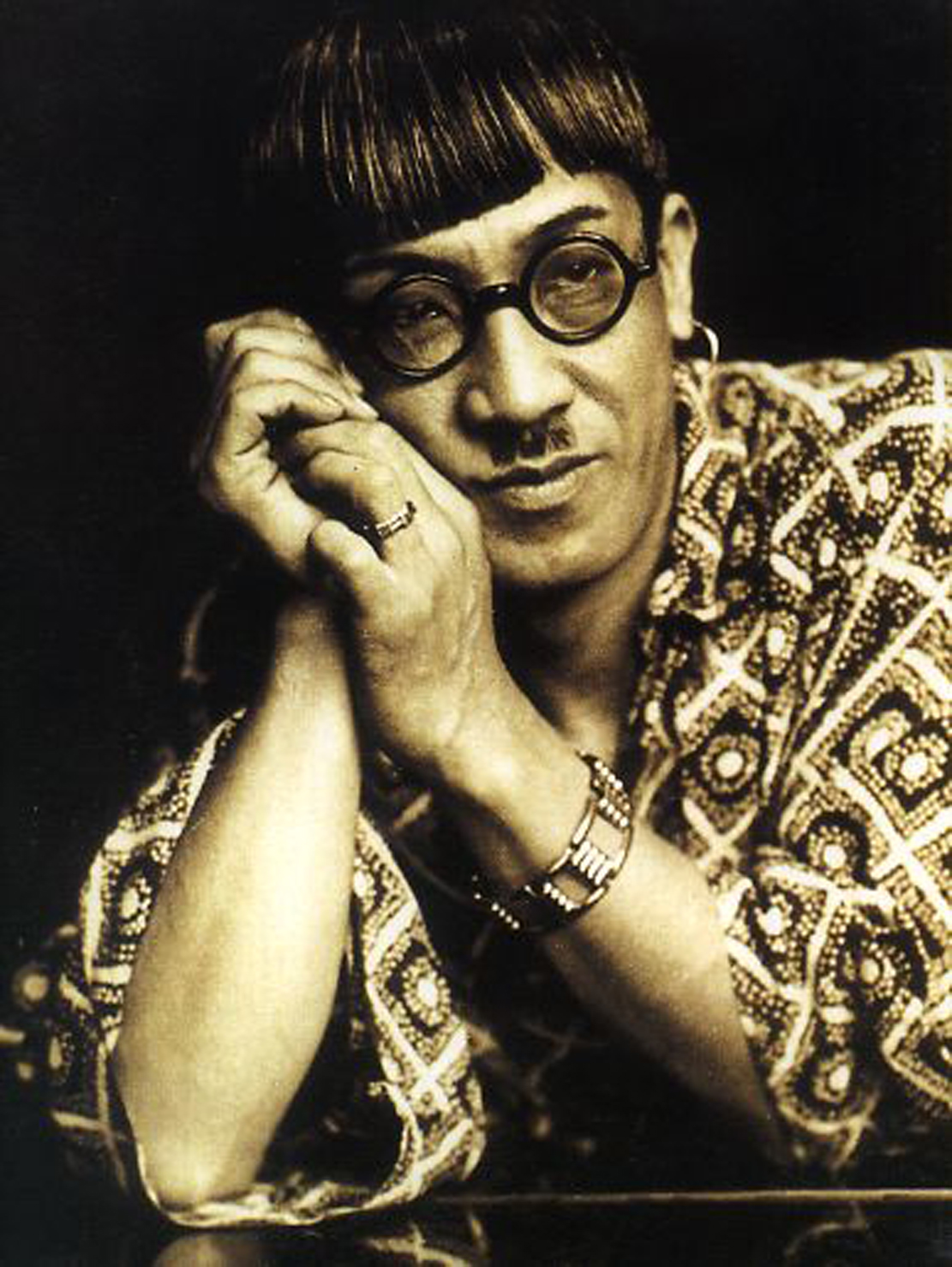
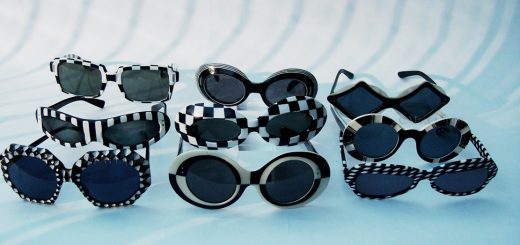
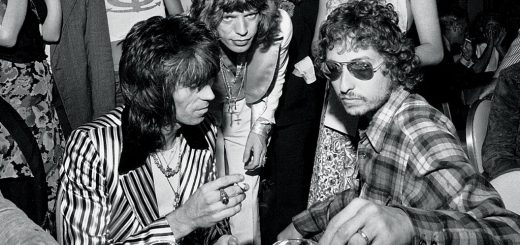
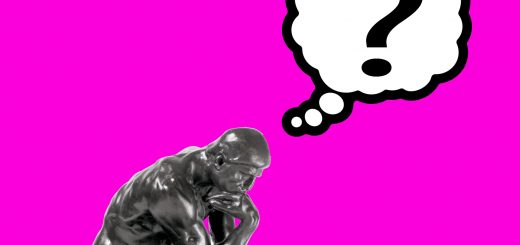
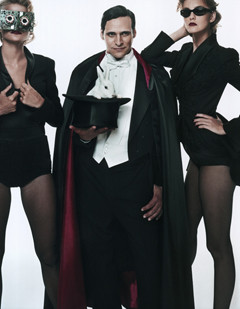
Recent Comments